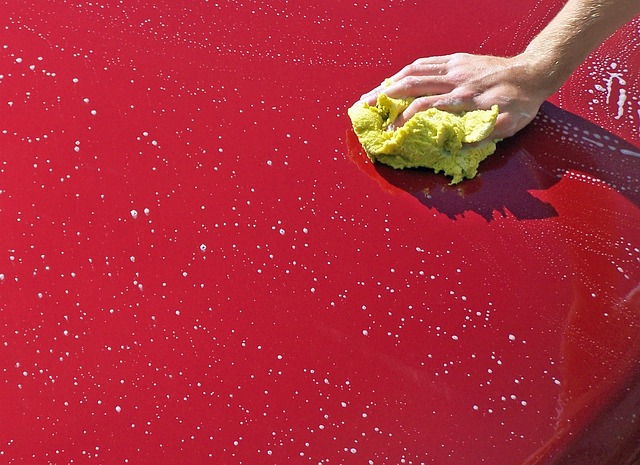
At the heart of this process is the technique of car polishing, a meticulous endeavor that involves correcting imperfections and enhancing the paint’s brilliance. In this article, we’ll delve into the nuances of car polishing, exploring the techniques, products, and critical considerations contributing to achieving paint perfection in detailing.
The Basics of Car Polishing:
Understanding Paint Defects:
Before polishing, it’s crucial to identify common paint defects such as swirl marks, scratches, water spots, and oxidation. Each defect requires a specific approach and level of correction.
Choosing the Right Polishing Product:
Car polishes come in various formulations, ranging from compounds for heavy correction to finishing polishes for fine-tuning. Selecting the right product depends on the defects’ severity and the desired correction level.
Dual-Action vs. Rotary Polishers:
Detailers typically use dual-action (DA) or rotary polishers for paint correction. Dual-action polishers are beginner-friendly and less aggressive, while rotary polishers offer more power but require a higher skill level to avoid damage.
Selecting the Appropriate Polishing Pads:
Polishing pads come in different levels of aggressiveness, from cutting pads for heavy correction to finishing pads for refining. The combination of the polishing product and pad determines the extent of correction and the quality of the finish.
Steps to Achieve Paint Perfection:
Surface Preparation:
Thoroughly wash and decontaminate the vehicle’s exterior before starting the polishing process. Removing dirt, tar, and contaminants ensures a clean surface for adequate correction.
Test Spot:
Always perform a test spot before tackling the entire vehicle. This allows you to gauge the effectiveness of the polishing combination and ensures that you achieve the desired results without causing harm.
Polishing Technique:
When using a dual-action polisher, employ slow and overlapping passes. Apply consistent pressure, and let the machine do the work. For rotary polishers, exercise caution and keep the machine moving to avoid excessive heat buildup.
Adjusting Pressure and Speed:
The pressure and speed at which you operate the polisher are crucial in achieving optimal results. Start with lighter pressure and lower speeds, gradually increasing if necessary. Higher speeds and aggressive pressure may be needed for heavier defects.
Monitoring Heat Levels:
Excessive heat generated during polishing can damage the paint. Regularly check the paint surface for temperature changes. If the surface becomes too hot, take breaks to allow it to cool down and prevent potential damage.
Wipe Down Between Passes:
After each polishing pass, wipe down the treated area with a clean microfiber towel. This helps remove excess product and residue, allowing you to inspect the progress and make necessary adjustments.
Inspecting the Finish:
Inspect the finish under various lighting conditions to ensure that defects are adequately corrected. Rotate the vehicle to check for uniformity and address any areas requiring additional attention.
Advanced Polishing Tips:
One-Step vs. Multi-Step Polishing:
Consider the condition of the paint and the desired outcome when deciding between a one-step or multi-step polishing approach. One-step polishing combines correction and refinement in a single step, while multi-step involves separate correction and refining stages.
Finishing Touches:
For the final touches, use a finishing polish with a soft pad to refine the surface and enhance gloss. This step contributes to achieving the desired level of paint perfection.
Adding Protection:
Following polishing, applying a protective product such as wax, sealant, or ceramic coating is essential to safeguard the newly corrected paint and maintain its brilliance.
Conclusion:
The art of car polishing is a nuanced process requiring skill, knowledge, and the right tools. Understanding paint defects, selecting appropriate products, and mastering polishing techniques are essential to perfection in detailing. Whether you’re a seasoned professional or an enthusiast looking to elevate your detailing skills, the meticulous approach to car polishing ensures a flawless finish that showcases the true beauty of the vehicle’s paintwork.
